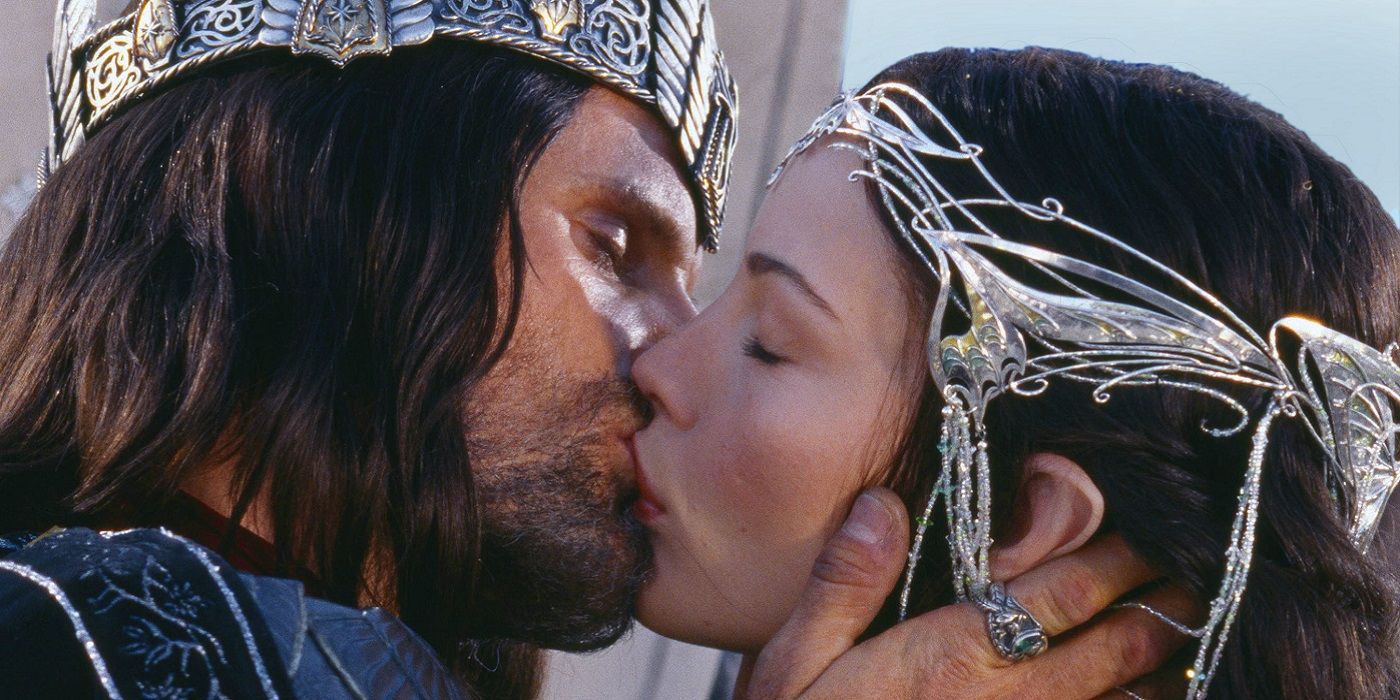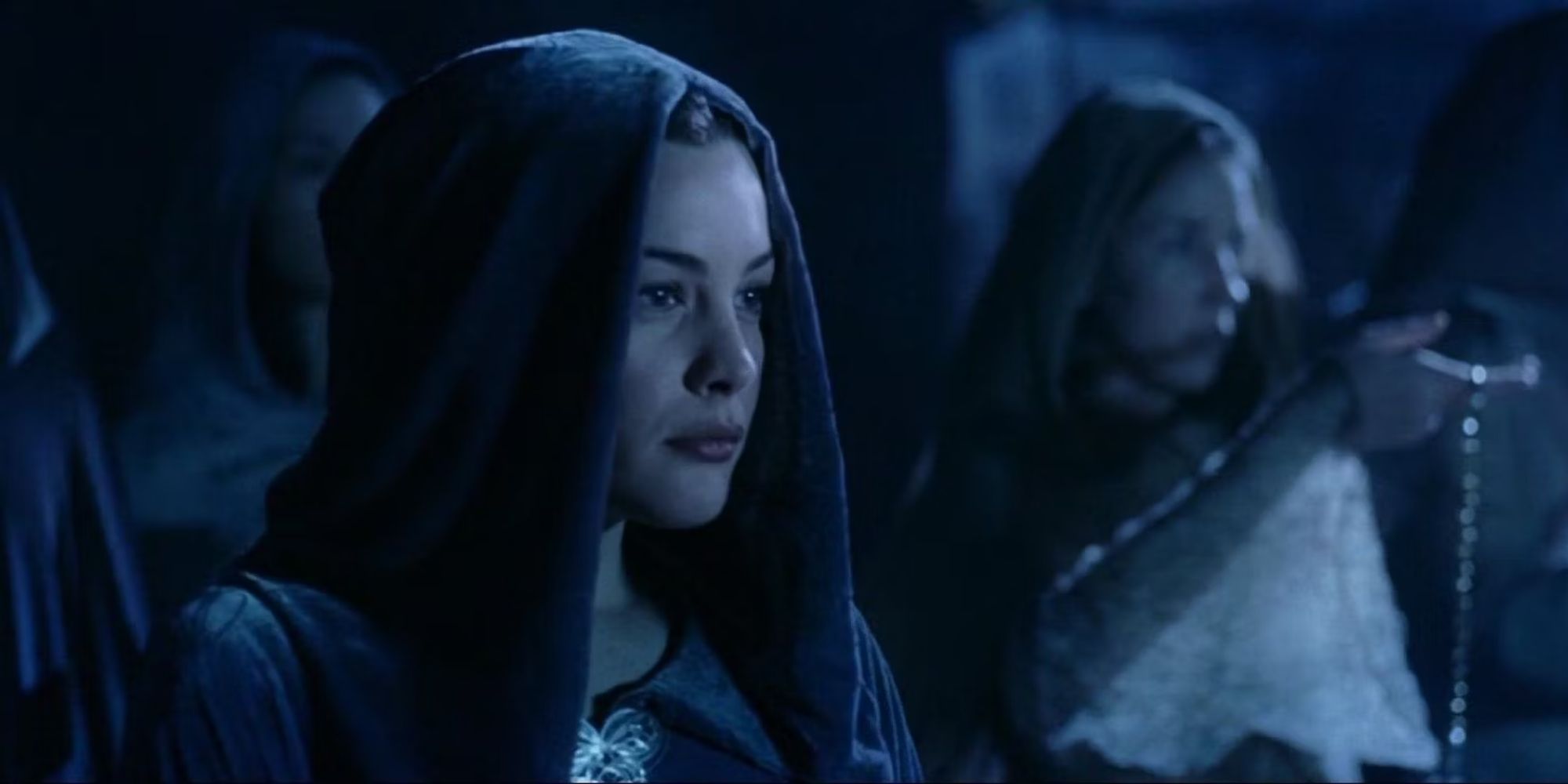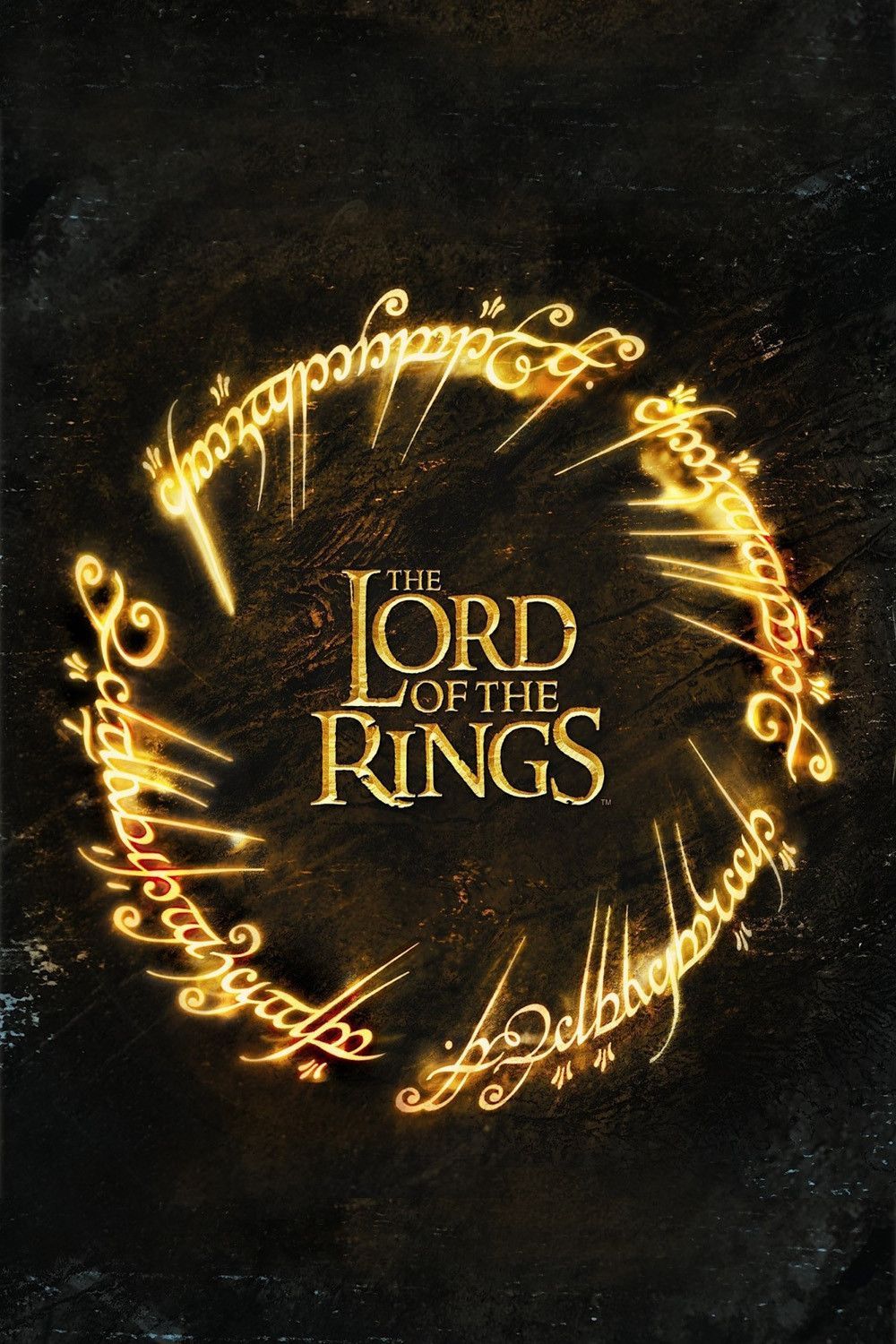The Lord of the Rings has a tight grip on its huge array of characters throughout its three parts, but Peter Jackson chose to change Arwen’s role slightly. Peter Jackson’s Hobbit and Lord of the Rings trilogies adapted the J.R.R. Tolkien books of the same names while not always remaining true to the stories on the pages. With each part launching between 2012 and 2014, The Hobbit invented lots of content for Radagast. Releasing between 2001 and 2003, The Lord of the Rings movies invented just as much content for various other characters.
Likewise, both trilogies reduced the roles of various characters in the legendarium. Liv Tyler was given a greatly boosted role as Arwen in The Lord of the Rings movies for many reasons. Tyler called Arwen “a little bit mysterious because there’s not as much of her in the books” at Awesome Con 2025, alluding to this phenomenon. The Lord of the Rings: The Return of the King ending signified a new level of global renown for Tolkien’s story, and perhaps Arwen’s larger role in the story contributed to it.
How The Lord Of The Rings Movies’ Depiction Of Arwen Compares To Tolkien’s Books
Arwen Is Different In The Lord Of The Rings Books
Liv Tyler is rightly recognized as the quintessential Arwen, perhaps precisely due to the differences between her Arwen and the one in the books. No other actor has portrayed Arwen so clearly, consistently, recognizably, or well across the many global adaptations existent over the years, from the Russian Khraniteli to Sweden’s Lord of the Rings movie. Arwen is recognizable as a beautiful, feminine, powerful Elf. But in the books, she was less powerful and carried out fewer heroics.
Jackson swapped Glorfindel for Arwen, but Sagan om Ringen, the Swedish Lord of the Rings, did adapt Glorfindel.
Arwen would not be the iconic character she is held to be in so many peoples’ hearts without Peter Jackson’s changes to The Fellowship of the Ring and its two sequels. It was Glorfindel, not Arwen, who saved Frodo at the Ford of Bruinen in part one of The Lord of the Rings novel, The Fellowship of the Ring. Arwen also contemplated going to Valinor without Aragorn in the movies, but in the book, she made him a banner to prove her loyalty. She was given more lines in the trilogy, in general.
Why Peter Jackson Expanded Arwen’s Role In The Movie Adaptations
Peter Jackson Wanted To Boost Both Arwen And Aragorn In The LotR Movies
There were many reasons for Peter Jackson to expand Arwen’s role in his trilogy, not least because he wanted to have a female protagonist among all the other male characters who viewers could relate to. With no female Fellowship members in The Lord of the Rings, Jackson was wise to give Arwen a bigger role. This likely helped increase the movie’s appeal with the general audience and contributed to the impact of the trilogy, helping it earn pride of place in more hearts. Jackson tried to achieve something similar in The Hobbit films by adding the divisive original character Tauriel.

Related
Why Arwen Gives Up Her Immortality In The Lord Of The Rings
Arwen gave up her immortality in The Lord of the Rings in a complex move that puzzles many, but the full explanation is there in the books.
Giving Arwen Glorfindel’s part had a huge effect on the trilogy, making Arwen more of a “girlboss” type character, while in the book, she occupied a more traditional gender role. This brought the values of the novel more in line with contemporary ones without overly distorting the important principles inherent to the story. Expanding Arwen’s role also made Aragorn more likable as a knight in shining armor and centered romance in the trilogy, as appears obligatory in Hollywood high fantasy.
Increasing Arwen’s Screen Time Was The Right Choice For The Lord Of The Rings Films
It Made Sense To Make Arwen’s Role Bigger In The LotR Movies
The vast majority of signs point to Peter Jackson’s choices around Arwen making sense. Arwen is one of the best Lord of the Rings characters in the movies, extraordinarily, considering her very limited role in the books. However, she is far from one of the best book characters, despite being inspiring on her own terms. This shows how the screenwriters, Peter Jackson, Fran Walsh, Philippa Boyens, and Stephen Sinclair, took the source material and made a good script from it, writing in a way that honored the book despite all the major differences.
The Lord of the Rings movies read the room and emerged with nearly perfect dramatic characterization and pacing.
Cutting key characters like Glorfindel and Tom Bombadil was frustrating and missed out on some interesting opportunities. However, Peter Jackson could barely squeeze his story into the three feature-length movies he did make, having to trim loads of scenes, some of which ended up in the extended editions. Reducing certain characters and storylines helped keep the trilogy focused on the remaining characters, including Arwen. This meant audiences cared about them more.
Giving some of Théoden’s best lines to Aragorn functioned in the same way. Sadly, Théoden’s role was reduced, but viewers got to fall in love with Aragorn at full pelt. Arwen’s increased role also built Aragorn’s appeal, demonstrating his romantic eligibility and his sensitivity to more than just war. Connecting to readers through a novel with elements of medieval romance and epic is different from connecting to viewers in a contemporary movie. Ultimately, The Lord of the Rings movies read the room and emerged with nearly perfect dramatic characterization and pacing.



